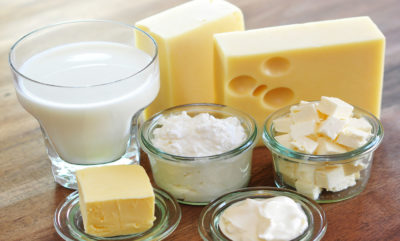Ingredion Incorporated, a leading global provider of ingredient solutions to diversified industries, announces the publication of “Utilizing NOVATION Endura 0100 Starch in Stirred Yogurts Processed with Challenging Temperature and Homogenization Pressures” white paper.
The paper presents the company’s clean label ingredient solution designed to provide similar texturizing functionality in stirred yogurts as compared to chemically modified starches. NOVATION Endura™ 0100 allows for a simpler, cleaner label to address consumer needs without sacrificing performance.
Introduction
The market for clean label foods continues to grow at a veryfast pace. The Naturally Healthy Packaged Food category inthe US (natural, clean, free from foods) is forecasted to grow8.6 % by year 2021 to reach $23.4 billion (Euromonitor Report “Naturally Healthy Packaged Food in the US”, May 2017).
This consumer need has translated into an increase in moreclean label product launches. Between 2012 and 2017 40% of total food new product launches in the US had clean label positioning (Mintel GNPD, 2017). Opportunities abound for food manufacturers to meet the demand for clean label foods. Recent advancements in functional native starch technology now allow for more foods, including dairy, to be produced using these clean label ingredients.
Formulating yogurts with clean label starches remainsa challenge because of harsh processing conditionsencountered in manufacturing and the limited process tolerance of native (non-modified) starches. Typical manufacturing conditions include high temperature and homogenization pressures, which degrade the integrity of many existing clean label starches. The loss of starch integrity affects the functionality and ultimately the texture of finished yogurt product. NOVATION Endura 0100 starch, a next generation functional native starch based on breakthrough proprietary technology, allows manufacturers to retain the viscosifying properties of the starch in yogurts processed using high temperature/high pressure parameters.



